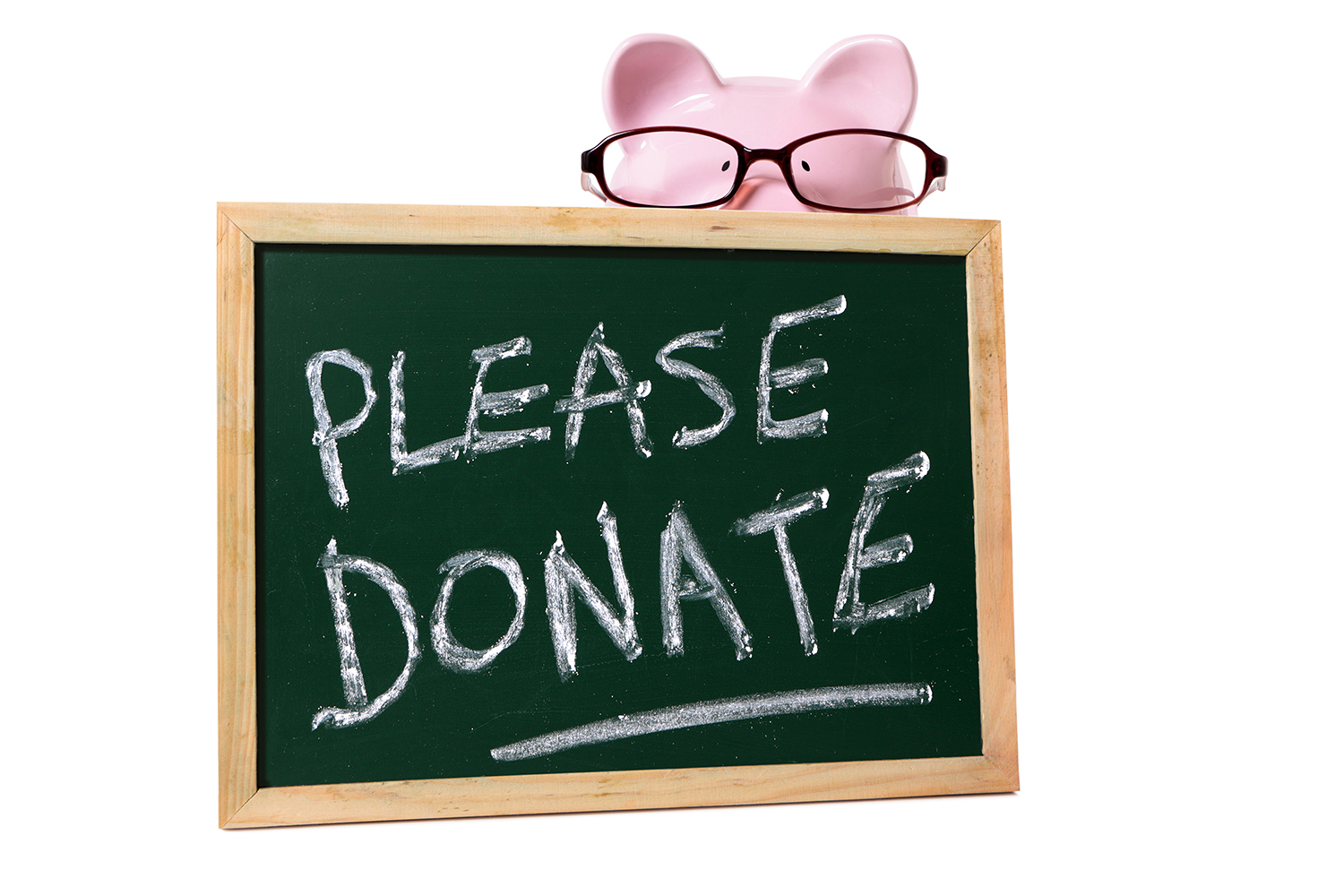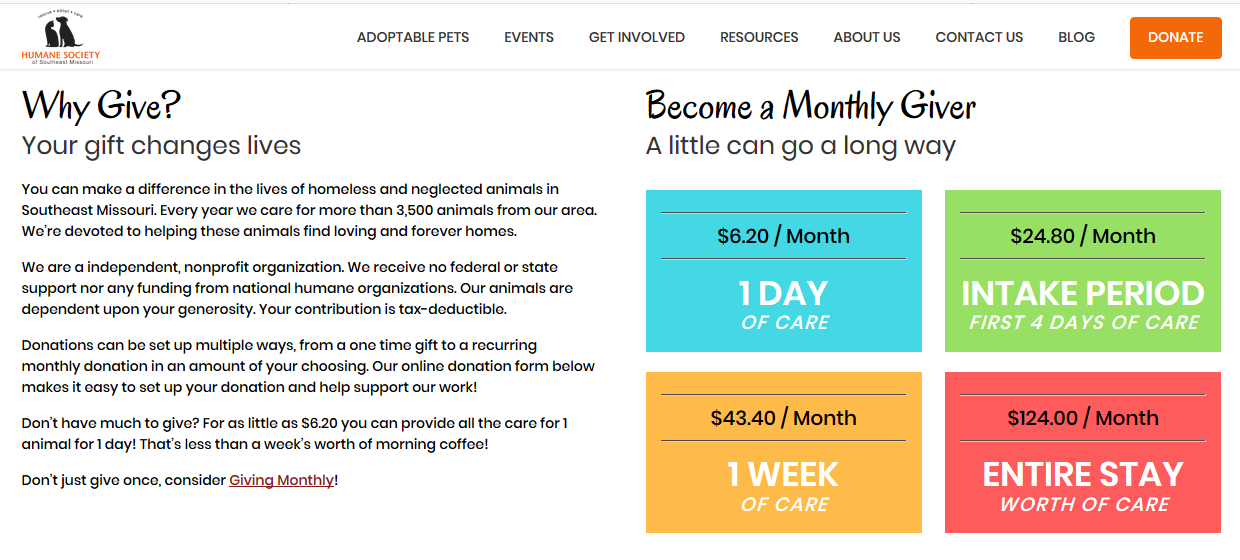What you say when you ask for donations largely determines whether or not you’ll get any money.
Bore people or make your request confusing, and the answer likely will be ‘no,’ though you won’t ever hear that from a donor. They simply won’t respond.
Of course, you already know what happens when you get it right – donations pour in!
It’s tricky business getting the words right.

Here are 3 keys to nailing it when you ask for donations:
- Keep it simple and easy to understand. Don’t make your donor or prospect try to figure out what you’re trying to say. Avoid jargon, acronyms, and insider language.
- Tell the donor what impact their donation will have. People want to make a difference, so explain what their gift will do. Use your Core Number to help donors understand how they can help you change lives when you ask for donations.
- Use donor-focused language. Say “you” and “your” more than you say “we,” “us,” or “our.” No one likes to hear someone go on and on about themselves. Donors want to feel like they’re helping to make a difference, and if you’re all “we did this” and “we did that,” it’s a huge turnoff for donors.
My friend Beth Brodovsky said it best: people want to fund your impact, not your existence.
So, let’s use the Ask as a chance to show people how they can make a big difference.
It’s really not that hard once you get the hang of it. Ask people to help make an impact, not fund your annual fund, your budget, or your goals. That means you should invite people to do something meaningful when you ask for donations.
| Ask for this… | …Not that |
|---|---|
| Care for a dog/cat for a day | Give to our annual fund |
| Provide lunch for a child for a year | Help us reach our goal |
| Provide a homeless person with a safe, warm place to sleep | Fund our budget |
See the difference?
If you’re like me, I can learn more from a good example, so let’s look at some asks done well and some asks that could be much better with a little improvement.
The Good, Bad, and Ugly
I receive dozens of requests to give from many nonprofits every month.
And I can’t help it, I critique every single one. (I keep threatening to mark them up and send them back!)
I’ve seen some really good ones, some mediocre ones, and some really bad ones.
Let me first show you some examples of some really good ones, all actual appeals I have received.
In this example, CMMB tells donors what $25 will do:

As a donor, I like that. I like knowing how my money will be used.
Here’s another good one from Second Harvest Food Bank:

For animal welfare groups, here’s a great example from the Humane Society of Southeast Missouri. We helped them calculate this number last year, based on the actual number of animals they helped and their expenses:

You can see that they’re very consistent – here’s how it appears on their website’s donation page:

Here’s a beautiful example from the Girl Scouts of the Southern Appalachians where they put their ask in context and dispel the myth that cookies pay for Scouting:

Now let’s look at some examples of asks that could use a little improvement.
This one is way too focused on the financial goal and there’s no mention of how a donor’s gift will be used. Notice how different that feels compare to the good examples we just looked at.

If they’d shared what that goal of $83,000 would make possible, it would have been better and more appealing to the reader.
This one tried putting their goal in a chart to make it clearer AND they asked for a monthly donation, too. There’s no motivation here for someone to become a monthly donor other than for the convenience of the organization, which is nota good reason.

Remember, use “you” more than “we” or “our” which this example failed to do.
Here’s another Ask that’s very inwardly focused. Not sure why they felt the need to point out the obvious (envelope enclosed).

Again, telling the donor what their money will accomplish is a much better choice.
This next one refers to a second sheet of sponsorship options (not related to an event) and it was all about “our goal” and “our needs.” My friend and consultant Kim Lauth says “Nonprofits don’t have needs. The community has needs.” So true.
Next, we have an example that will leave the donor wondering how much to give:

Asking for “any amount” or “your most generous gift” is not a great idea. Your donor doesn’t know what you mean. Give them an idea of what it costs to provide a unit of service, then show them how multiples can make a difference, like the Humane Society example above.
Here’s one that doesn’t have an Ask at all. I’ve seen several appeals like this lately, and I can’t figure out if it’s supposed to be a thank-you letter, an annual update, or an Ask. You better believe if I’m confused, others are confused. And a confused mind always says “no.”
I wonder if the writer is so uncomfortable asking for money, that they just left it out.
Using video when you ask for donations
Video is HOT these days, and a great way to communicate with your donors. Here are two really good examples of video asks.
From Pet Community Center, we have an appeal for money for a new autoclave. This video struck such a chord with their donors that they raised the money in a matter of hours.
What I love about this video is its humor and the explanation of WHY the equipment is needed.
This one from Illuminate India features great messaging, sharp video, and terrific Ask. See for yourself:
So, there you have it: a dozen examples of real appeals from real nonprofits to show you how to build your skill so when you ask for donations, you’ll get the results you’re looking for.
Because the better you get at Asking and getting donations, the more lives you can change. Isn’t that why we’re here?






[…] It’s not about funding your organization, but about what that will make possible. Will your programs feed the hungry? Save a homeless animal? Counsel a veteran? Be sure you’re asking for something that donors will support. […]
[…] I can’t craft your exact message or ask for you, I can tell you that every communication should touch on these […]